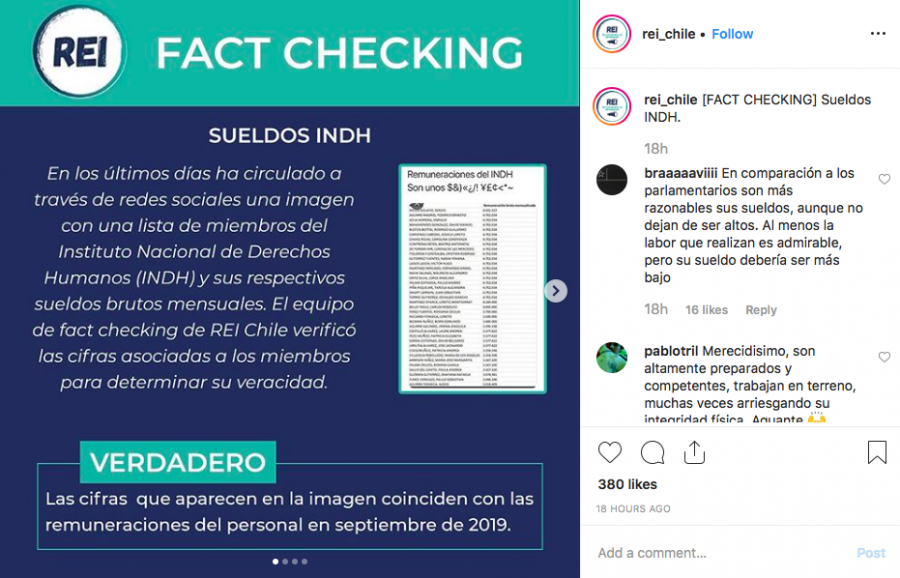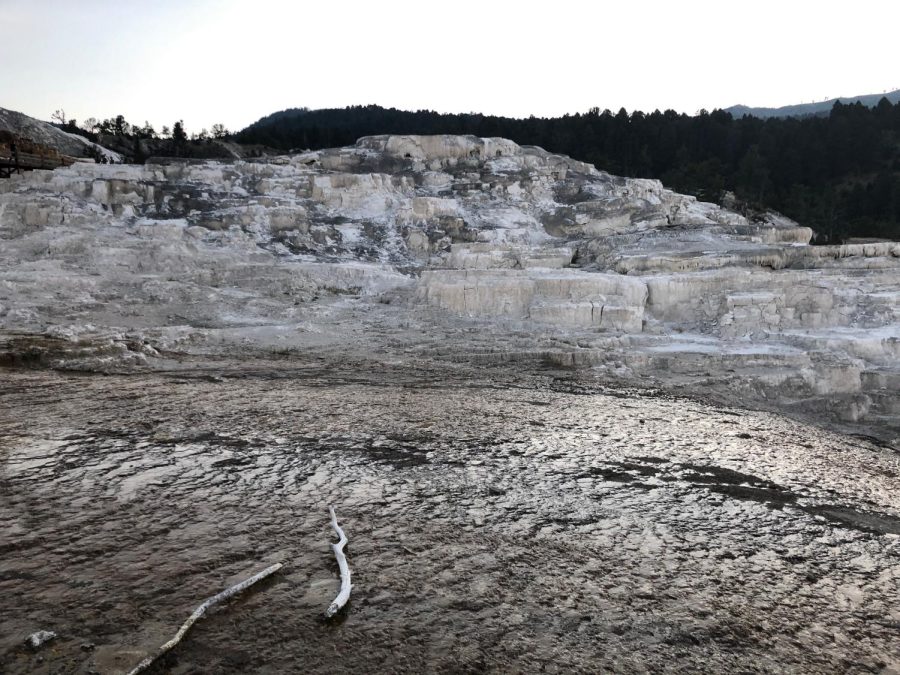Chile has been protesting economic inequality under Sebastián Piñera’s presidency for over three weeks. Piñera has responded with military force, arresting more than 2,400 people since protests began. Five hundred thirty-five people have been injured and 20 have died.
In the midst of the chaos, the work of the Red Estudiantil de Información, a group of student journalists dedicated to covering the protests, has become the most influential form of media coverage on the issue. They’ve demonstrated the power of the press and of students.
Journalism students began REI in response to Chile’s current situation. The main purpose of the platform is to update Chileans on news and to communicate the power of those protesting. With over 100 team members and 14 editors, REI uses social media — Instagram, Facebook and Twitter — to make its news quick and easy to process and access.
REI’s dedication to reporting and fighting for the rights of Chileans inspires me both as a journalist and a student. The fact that just over 100 students were able to create a news service that people depend on during a pivotal time shows what we, as students, are capable of.
In addition to reporting on protests, REI updates its local followers on operating supermarkets and public transport as well as curfew hours and specific citizen rights. The students expand upon their reporting by investigating and fact-checking content received from Instagram, Twitter, Facebook or Whatsapp. Doing this gathers as much outsider information as possible while simultaneously making the current situation clear. Because REI regularly updates this information on a platform as accessible as social media, it prioritizes the safety of fellow Chileans in its reporting.
REI’s Instagram page is flooded with vivid images and videos of protests. Some protests are pictured as glorious: a sea of guitars held in the air, people standing on monuments in Salvador Dalí masks and a child banging on a pot. Other photos are more heart-wrenching, showing military vehicles, protesters in gas masks, tear gas and soldiers corralling protesters.
This coverage has accurately depicted the actual situation which protesting Chileans face, including their pride and power in protesting and the dangers that come with facing Piñera’s militant response. While large news services like The Santiago Times have been covering the protests, none have been able to cover them as deeply or intimately as REI. Many articles published by The Santiago Times have reflected on specific protests or summarized Piñera’s response to them.
REI, on the other hand, reports live on Instagram TV from the protests. They create stories and post about the protests in great detail, emphasizing the work and power of the people against military forces. They do all of this with their own equipment, of their own accord and on their own.
“Some cell phones, free hands, and a couple of computers are the only things we need to bring information,” REI’s media statement says.
REI shows the power of students no matter the resources or financial support. The students who fuel REI have put all their effort into creating this platform. In just over three weeks, they gained extreme momentum, with 30,000 Instagram followers. REI stands out among Chilean news services and have redefined student journalism, showing the real power of communication is through dedication to a story.
The students also show the power of journalism through social media. Through their honesty, effectiveness, and prioritization of documenting for Chilean protestors, REI has emphasized the power of the youth. Their rigor should be modeled by students in all fields and especially by other young leaders.











